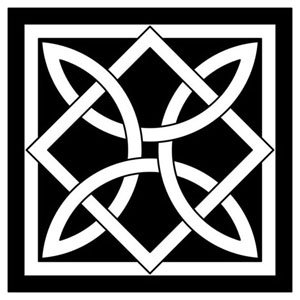Program B : Restoration and Analysis of Archaeological Ceramics
/San Gemini Preservation Studies 2026
Session 1: June 1 – June 28 (4 weeks)
Location: San Gemini, Italy
Program Information
This program aims to give basic theoretical and practical knowledge and skills in the field of analysis and conservation of archaeological ceramics. These two courses offer a rare opportunity for participants to be trained in both disciplines by experienced field archaeologists and conservators while working with original archaeological artifacts.
These courses are aimed at two types of student: those planning to become professional restorers or archaeological specialists of ceramics, and those planning to manage archaeological material at excavations or museums. For those planning on a career as a ceramic restorer or specialist, this is a good introduction to the field that will require further education. For those planning to manage archaeological material, it is a good overview of the field that offers insight and experience on how to manage, document and safely store archaeological ceramic material.
Students of the following subjects would find this program useful: archaeology, anthropology, art history, art restoration, field history, management of cultural heritage, museum studies, classical studies and history of technology.
Students participating in this program are required to take part in all courses and field projects in the program.
Field Projects associated with this Program:
Analysis and conservation of classical and medieval pottery from the Soprintendenza Archeologia, Belle Arti e Paesaggio dell’ Abruzzo – Department Of National Heritage and Cultural Activities of the Abruzzo Region
Analysis and conservation of classical and medieval pottery from the excavation of the Roman city of Carsulae
Excavation of the Roman city of Carsulae
Analysis of Archaeological Ceramics
Course 1
Instructor Prof. Elena Lorenzetti
SG 203A, ARHS 421
Led by a practicing field archaeologist expert in Roman ceramics, this course forms the first half of the program. The lecture classes give an overview of traditional ceramic technology and its evolution going from its beginning to the 19th Century. It examines both materials and production methods used over time in the Western world. Classes also study historical typologies of architectural ceramics and pottery that are found in Italian archaeological sites. In the afternoon workshop, students analyze archaeological artifacts from local excavations (6th C. BC – 20th C. AD) and learn to perform the following tasks: identifying and sorting ceramic sherds, performing typology analysis of “diagnostic” sherds, including analytical drawings and diagrams, and cataloging and documenting ceramic sherds.
Restoration of Archaeological Ceramics
Course 2
Instructor Profs. Domizia Colonnello and Alice Rivalta
SG 203B, ARHS 422
The second two weeks of the program are taught by an experienced restorer, a graduate of the ISCR restoration school, who specializes in ceramics restoration and conservation. In the lectures and workshop students learn the theory and practice of restoring archaeological pottery, working on archaeological materials on loan from the Soprintendenza Archeologia, Belle Arti e Paesaggio dell’ Abruzzo – Department Of National Heritage and Cultural Activities of the Abruzzo Region. Under the close supervision of their instructor, students clean, restore and document the pottery. In the workshop students learn the following skills: various methods of cleaning ceramic sherds, the reassembly of pottery from surviving sherds, in-filling gaps left in the pottery after reassembly, the aesthetic treatment of the infilling for display and how to document the restoration procedure.
Past Archaeological Ceramic Restoration Projects by SGPS:
Grave Goods from Norcia (Coranoni)

















